Susan Rice's explanation for why she 'unmasked' Trump officials raises new questions about Trump's team

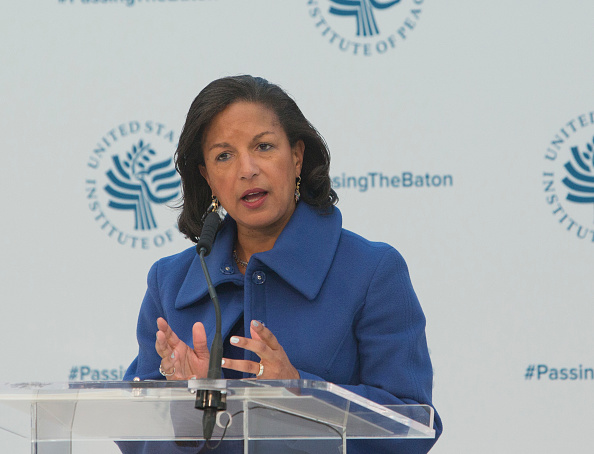
Last week, former National Security Adviser Susan Rice told the House Intelligence Committee behind closed doors that she had requested the identities of U.S. citizens whose names were redacted in U.S. intelligence reports last December because she wanted to understand why the crown prince of the United Arab Emirates was making a secret visit to the U.S., breaking protocol by not informing the Obama administration, multiple sources told CNN. The "unmasked" Americans turned out to be members of Donald Trump's presidential transition team, and Rice reportedly discovered that Michael Flynn, Jared Kushner, Stephen Bannon, and other Trump officials had met with Crown Prince Sheikh Mohammed bin Zayed al-Nahyan in New York.
After the Dec. 15 meeting, al-Nahyan helped set up a secret meeting in the Seychelles islands between a Trump envoy, Blackwater founder Erik Prince, and a Russian close to President Vladimir Putin, The Washington Post reported in April. (Prince said he was just there "for business," and not for Trump.) But in the three-hour-long meeting, Nahyan and the top Trump officials did not discuss Russia or setting up back-channel communications, two sources told CNN. Instead, they reportedly discussed Iran, Yemen, and the Mideast peace process.
House Intelligence Committee Chairman Devin Nunes (R-Calif.), who has mostly recused himself from the Russia investigation, accused Rice of improperly unmasking Trump officials, and Trump — who jumped on Nunes' statements to claim vindication for his since-disproved accusation that former President Barack Obama wiretapped him — accused Rice of committing a crime. Few other officials saw anything improper in Rice's actions, and "her explanation appears to have satisfied some influential Republicans on the committee, undercutting both Nunes and Trump and raising new questions about whether any Trump associates tried to arrange back-channel discussions with the Russians," CNN reports. You can read more at CNN.
The Week
Escape your echo chamber. Get the facts behind the news, plus analysis from multiple perspectives.

Sign up for The Week's Free Newsletters
From our morning news briefing to a weekly Good News Newsletter, get the best of The Week delivered directly to your inbox.
From our morning news briefing to a weekly Good News Newsletter, get the best of The Week delivered directly to your inbox.
A free daily email with the biggest news stories of the day – and the best features from TheWeek.com
Peter has worked as a news and culture writer and editor at The Week since the site's launch in 2008. He covers politics, world affairs, religion and cultural currents. His journalism career began as a copy editor at a financial newswire and has included editorial positions at The New York Times Magazine, Facts on File, and Oregon State University.
-
 What have Trump’s Mar-a-Lago summits achieved?
What have Trump’s Mar-a-Lago summits achieved?Today’s big question Zelenskyy and Netanyahu meet the president in his Palm Beach ‘Winter White House’
-
 The most anticipated movies of 2026
The most anticipated movies of 2026The Week Recommends If the trailers are anything to go by, film buffs are in for a treat
-
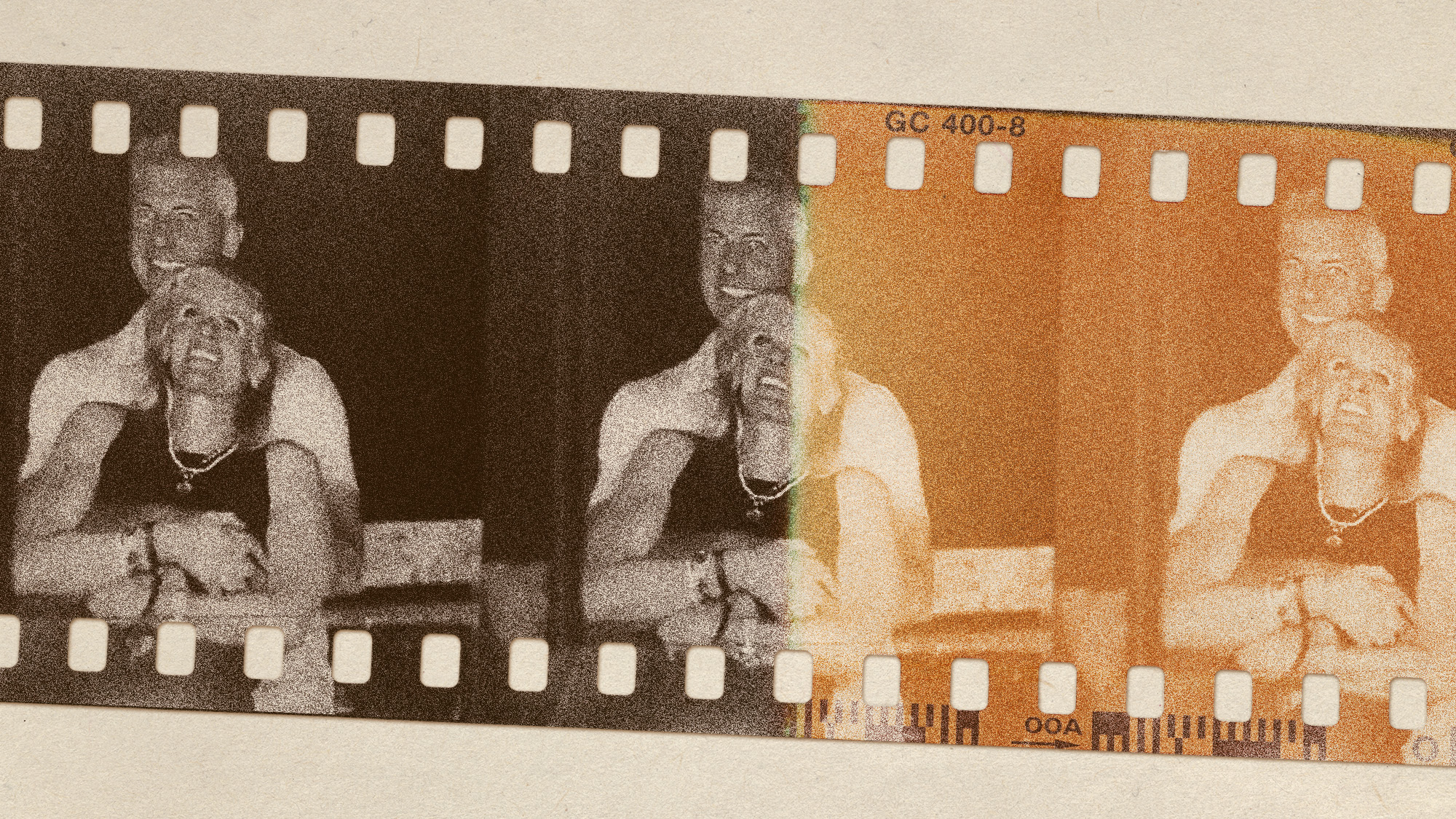 The biggest viral moments of 2025
The biggest viral moments of 2025In the Spotlight From the Coldplay concert kiss cam to a celebrity space mission, these are some of the craziest, and most unexpected, things to happen this year
-
 Bari Weiss’ ‘60 Minutes’ scandal is about more than one report
Bari Weiss’ ‘60 Minutes’ scandal is about more than one reportIN THE SPOTLIGHT By blocking an approved segment on a controversial prison holding US deportees in El Salvador, the editor-in-chief of CBS News has become the main story
-
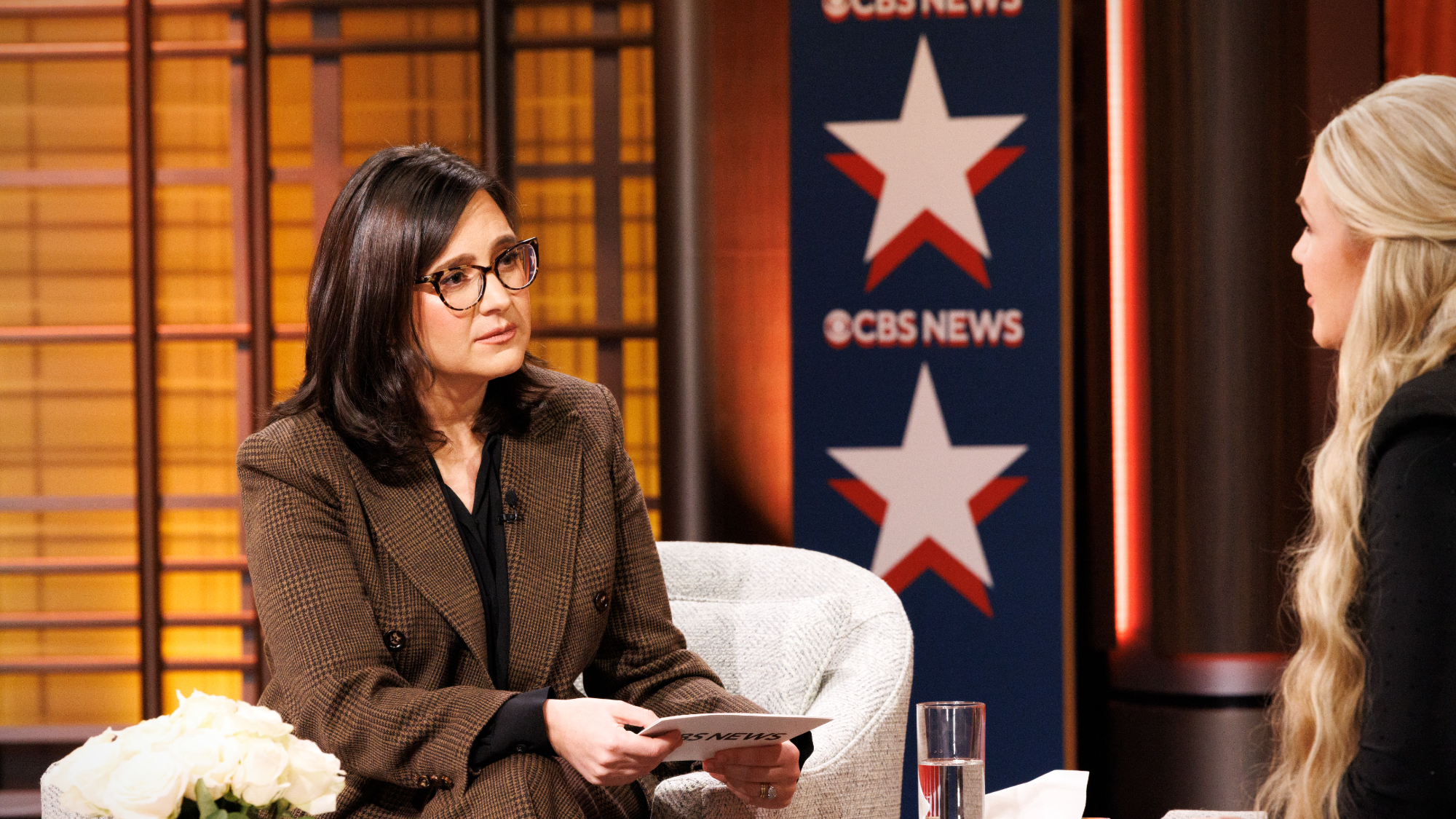 CBS pulls ‘60 Minutes’ report on Trump deportees
CBS pulls ‘60 Minutes’ report on Trump deporteesSpeed Read An investigation into the deportations of Venezuelan migrants to El Salvador’s notorious prison was scrapped
-
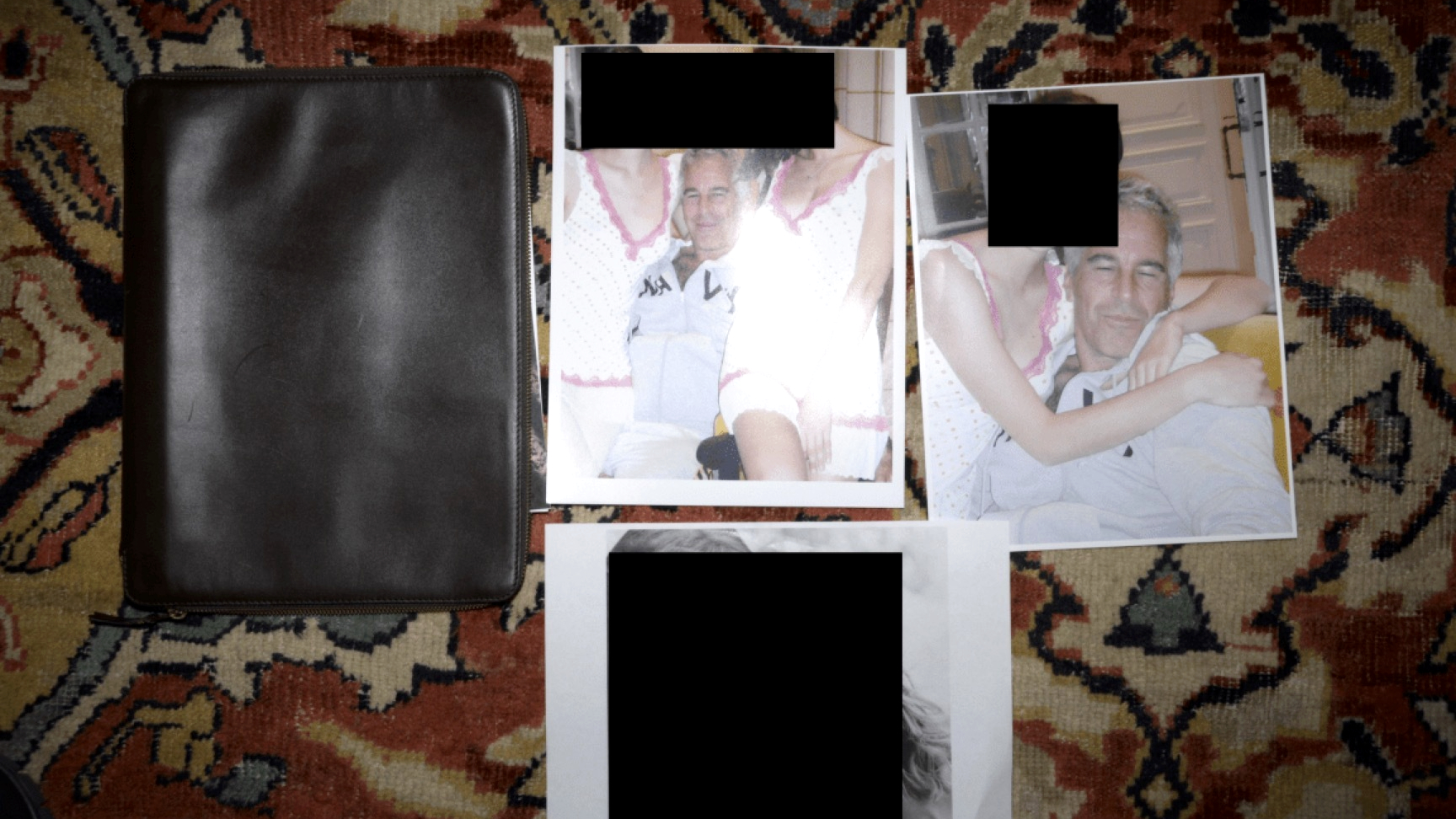 Trump administration posts sliver of Epstein files
Trump administration posts sliver of Epstein filesSpeed Read Many of the Justice Department documents were heavily redacted, though new photos of both Donald Trump and Bill Clinton emerged
-
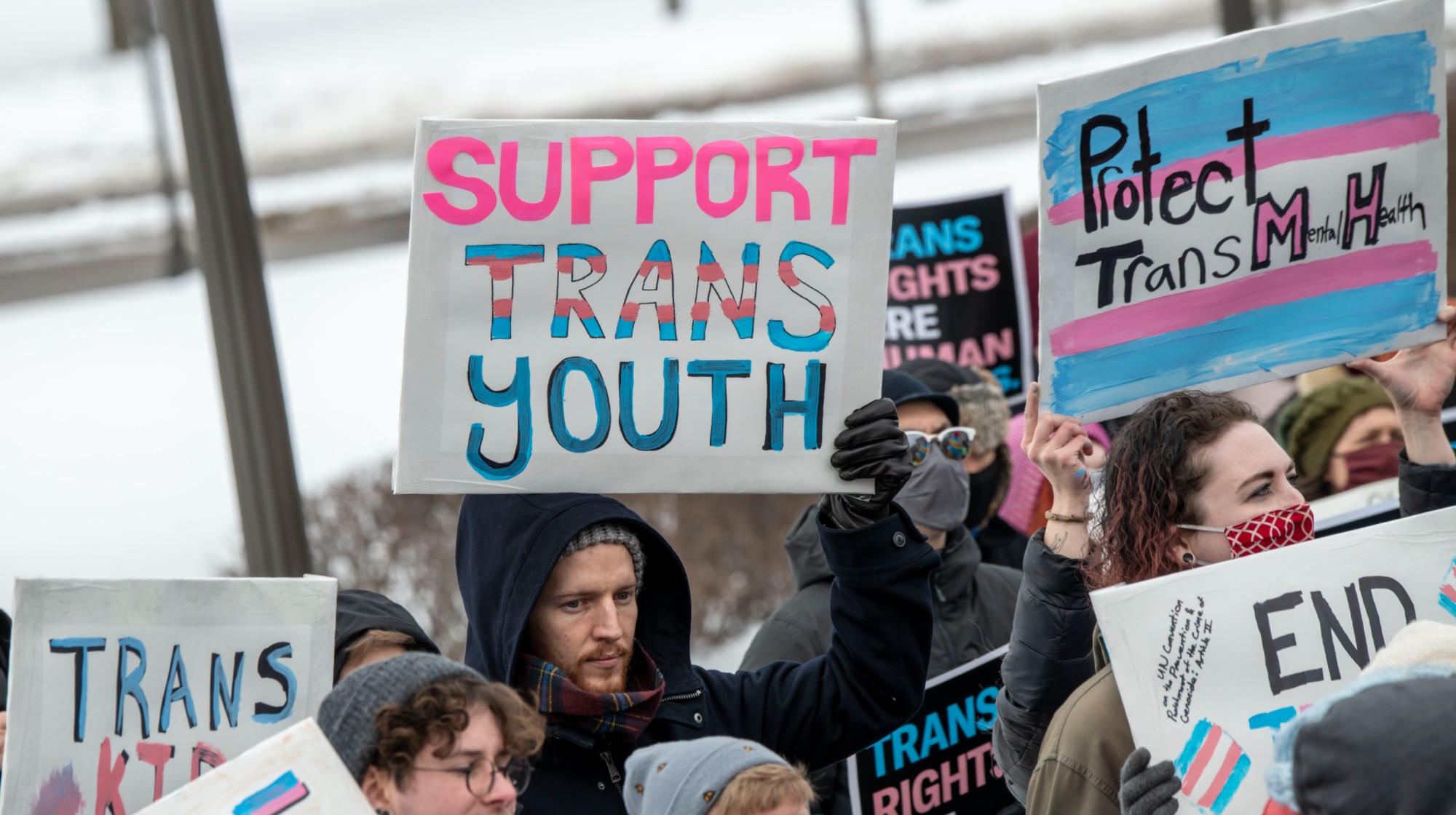 Trump HHS moves to end care for trans youth
Trump HHS moves to end care for trans youthSpeed Read The administration is making sweeping proposals that would eliminate gender-affirming care for Americans under age 18
-
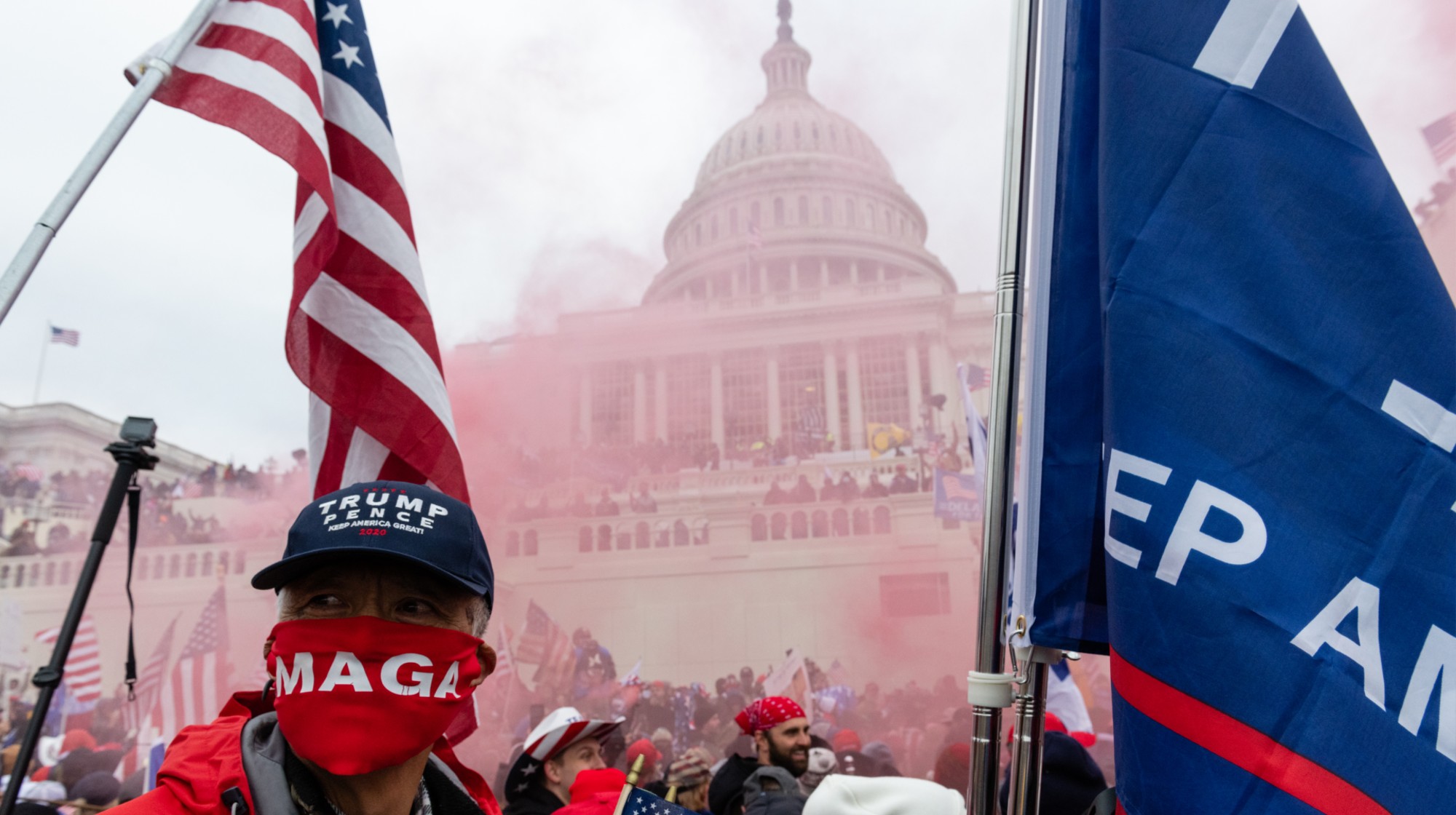 Jack Smith tells House of ‘proof’ of Trump’s crimes
Jack Smith tells House of ‘proof’ of Trump’s crimesSpeed Read President Donald Trump ‘engaged in a criminal scheme to overturn the results of the 2020 presidential election,’ hoarded classified documents and ‘repeatedly tried to obstruct justice’
-
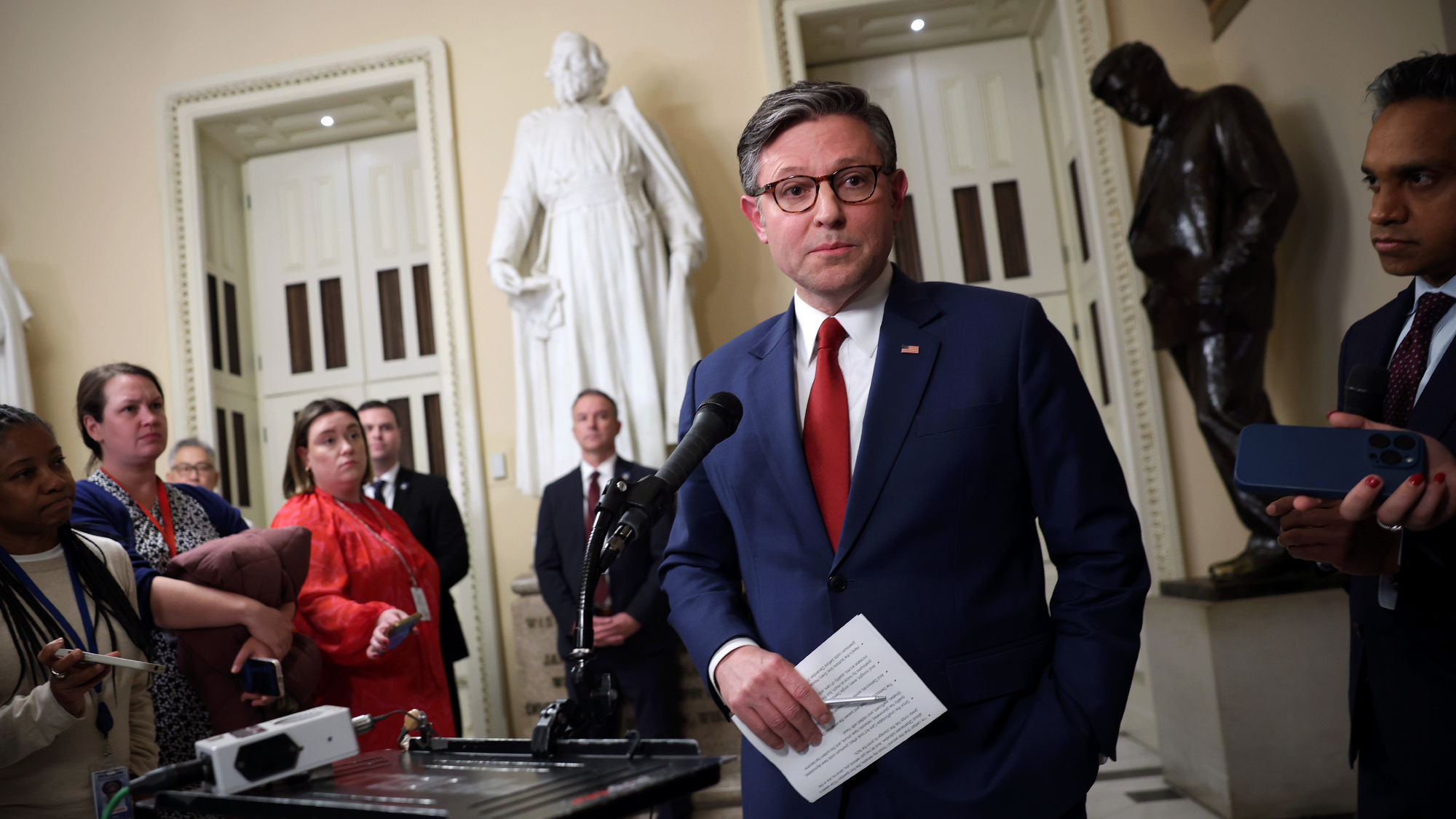 House GOP revolt forces vote on ACA subsidies
House GOP revolt forces vote on ACA subsidiesSpeed Read The new health care bill would lower some costs but not extend expiring Affordable Care Act subsidies
-
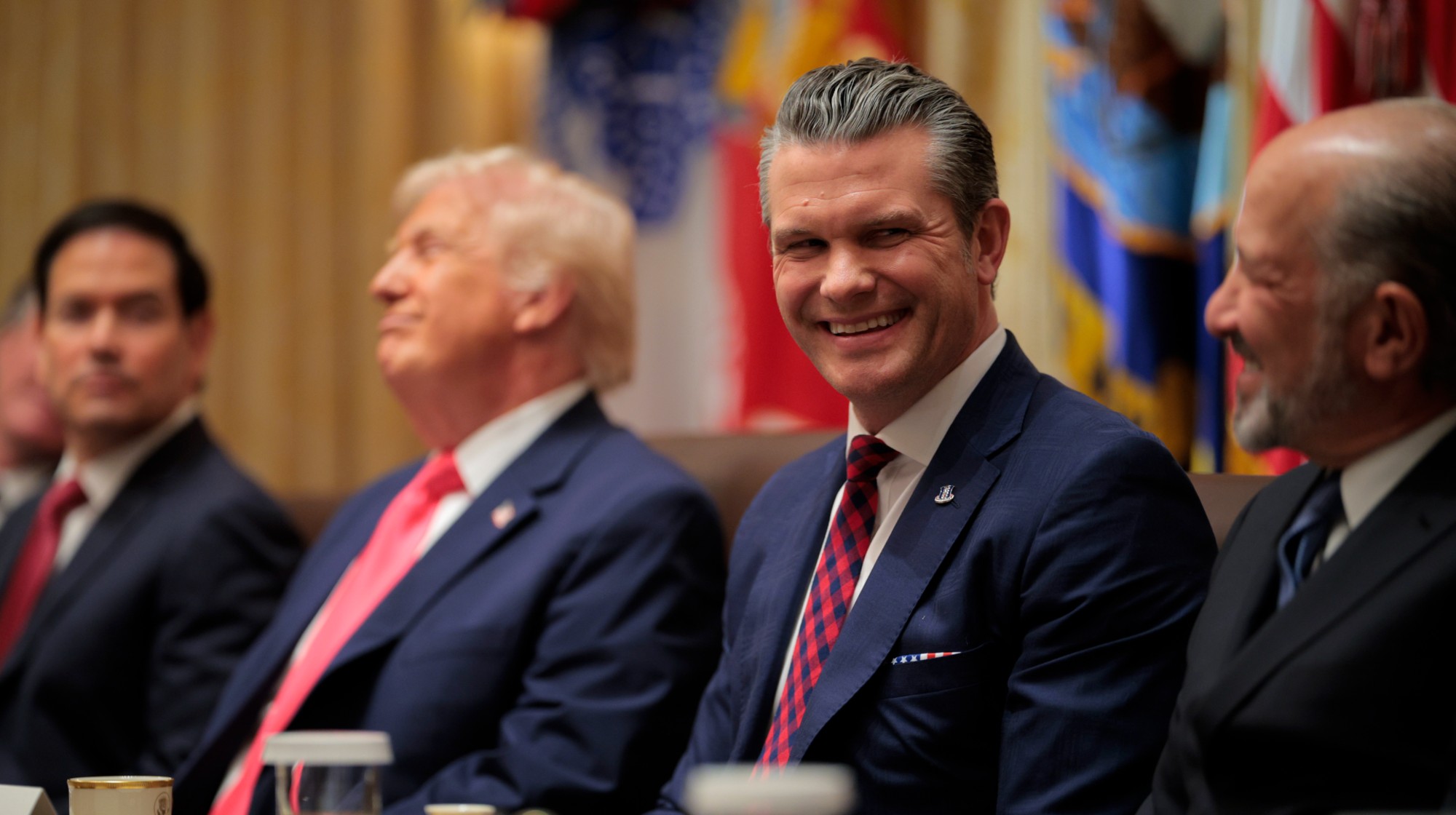 Hegseth rejects release of full boat strike footage
Hegseth rejects release of full boat strike footageSpeed Read There are calls to release video of the military killing two survivors of a Sept. 2 missile strike on an alleged drug trafficking boat
-
 Trump vows naval blockade of most Venezuelan oil
Trump vows naval blockade of most Venezuelan oilSpeed Read The announcement further escalates pressure on President Nicolás Maduro
